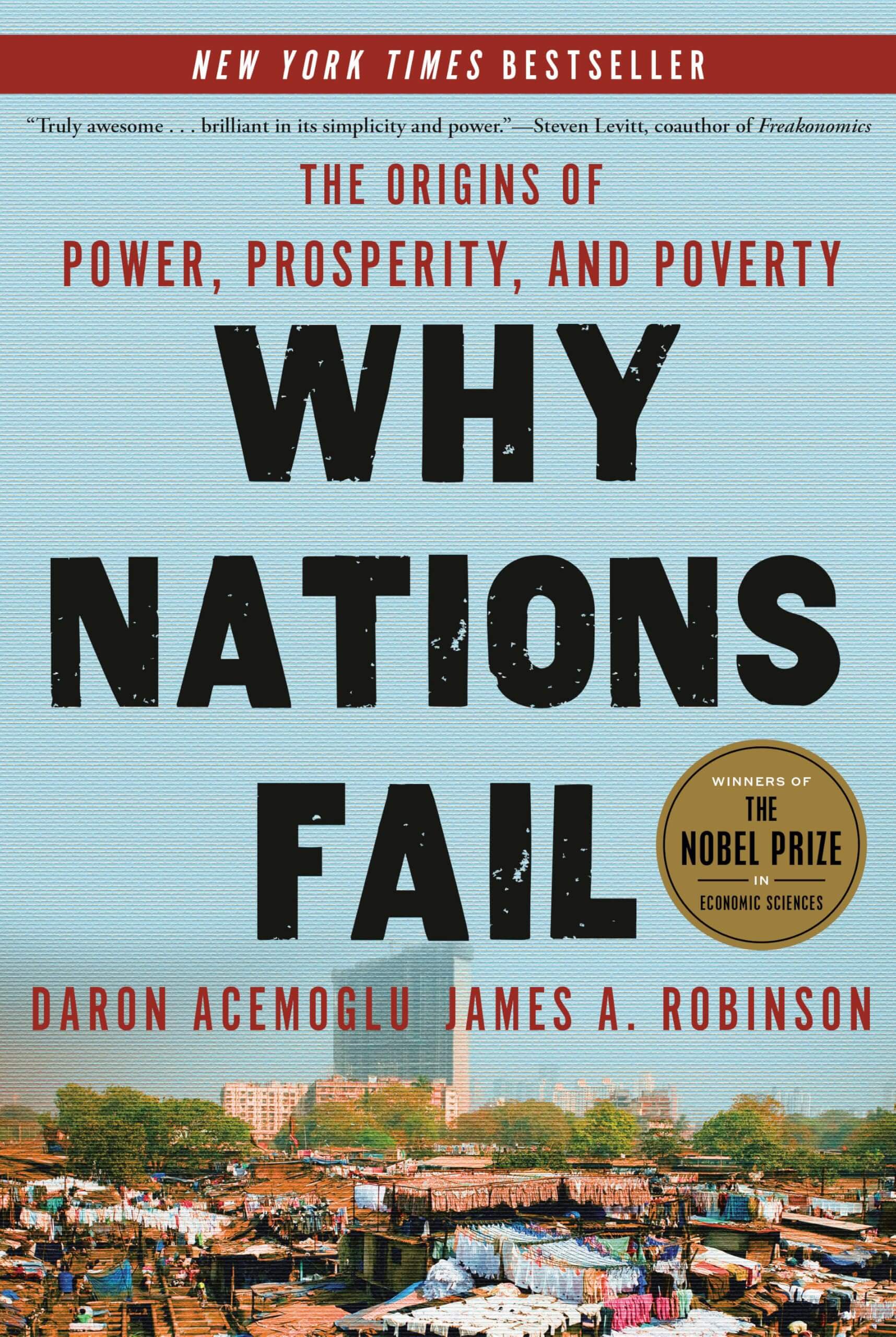Economic Development

What does a good life look like? If you looked at Maslow's Hierarchy of Needs, you might see that things go beyond just needing the three basic necessities of food, water, and shelter.
Economic development is humanity's ongoing quest to transform societies from mere survival to prosperity, where the true measure of progress lies not just in how much wealth a nation creates, but in how well that wealth translates into longer, healthier, and more fulfilling lives for its people.
It is the story of how countries climb the ladder from poverty to abundance, and why some succeed while others remain trapped at the bottom.
5.1 Living Standards

The Human Development Index (HDI) is a composite indicator of living standards in a country, comprising three dimensions of human development: Education, Healthcare, and Income.
Think of HDI as a "report card" for countries - instead of just looking at how much money a country makes, it examines whether people are actually living good lives.
The Three Pillars of HDI
| Dimension | What It Measures | Why It Matters |
|---|---|---|
| Healthcare | Life expectancy at birth | The better the healthcare, the greater its social and economic wellbeing tends to be. If people live longer, healthier lives, they can contribute more to society. |
| Education | Mean years of schooling and expected years of schooling | In general, the higher the average years of schooling, the greater the degree of human development. Education creates skilled workers who can earn better wages. |
| Income Levels | National income (GDP) of a country | The higher the national income GDP of a country, the greater human development tends to be. Hence poor countries such as Mozambique and Afghanistan tend to have a LOW HDI, and vice versa. |
Disadvantages of HDI
Qualitative Factors: HDI ignores qualitative factors, like gender inequalities and human rights. For example, a country might have high income and education levels, but women might still face discrimination.
Income Distribution: HDI doesn't take account of inequitable distribution of income. A country could have high average income, but if only the wealthy have access to most of it, ordinary people might still struggle.
Living Standards vs Income Distribution
Several factors affect how wealth translates into actual living standards:
Productivity Levels: Differences in productivity levels cause differences in wages and earnings. Skilled labour leads to better pay.
Role of Governments: Can use direct taxes to redistribute income in the economy. Mixed economies may do better than market economies at ensuring fair distribution.
Size of Population: The size and demographics have a direct impact on living standards. For example: GDP per capita, rent, supply of labour.
Distribution of National Income: The higher the population, the lower the national income (e.g., India) despite the GDP being huge. Think of it like sharing a pizza - the more people you have, the smaller each slice becomes.
Regional Differences: Regional wealth & income disparities, based on development of the region etc. For example: Paris vs Lille in France.
General Price Level: Cost of living rises, which may decrease the standards of living as things become more expensive. Examples: Venezuela, Zimbabwe, Weimar Republic.
Level of Freedom: Civil liberties, political rights, religious freedom, and economic rights.
Mini Case Study
A current global trend can be seen where there is an increasing gap between income inequality and improving standards of living.
In a lot of countries, the people in the top 1% of earners control substantial amounts of the nation's wealth, ranging anywhere from 25%-60%!
Though not covered in the syllabus, the Gini Coefficient is a measure for income inequality.
5.2 Poverty

Poverty is a condition that exists when people lack adequate income and wealth to sustain a basic standard of living. This leads to:
- Hunger and malnutrition
- Ill health
- Lack of education
- Homelessness
- Unsafe environment
- Social discrimination
Types of Poverty
Absolute Poverty: Exists when there is extreme outright poverty - income equal to or less than $1.25 per day. This is the kind of poverty where people literally cannot afford basic necessities to survive.
Relative Poverty: Comparative measure of poverty referring to those who have a lower standard of living in comparison to an average member of society. For example, someone might have enough food and shelter but cannot afford things that most people in their country consider normal.
Causes of Poverty
| Cause | Explanation | Example/Impact |
|---|---|---|
| Unemployment | People in poverty are likely to be unemployed due to low literacy, lack of skills and poor health which means labour productivity is low in less economically developed countries. | Can't earn income without work |
| Low Wages | Lower the GDP per capita, poorer the country is. This leads to a high proportion of unskilled workers which limits consumption and investment. | Even working people remain poor |
| Illness | Caused by malnutrition and poor healthcare, reduces life expectancy in a country. The lower the life expectancy, the poorer the country is, the greater the degree of poverty. | Sick people can't work effectively |
| Age | For example, a cause of child labour is poverty, as the parents can't afford enough to sustain the family thus they make the children work to earn as well. People may live longer, but there are no means to support their lives. | Children miss education, elderly lack support |
| Poor Healthcare | When countries are unable to pay for the population's healthcare, poverty can increase as more people would be unable to work due to illness etc. | Creates cycle of poor health and poverty |
Low Literacy Rates: Proportion of the population aged 15+ who can read and write. Low education and training leads to low literacy rates, which can keep people in poverty due to low-paying unskilled or manual labour jobs.
High Population Growth: Measures the annual percentage change in the population of a country. LEDCs tend to have poor access to contraception, sex education, and family planning which is why they tend to have many children. Children may also be made to work, thus earning the family revenue. This continues the cycle.
Poor Infrastructure: Transportation, communications, networks for efficient functioning isn't available. This could lead people to lack access to basic items like water, electricity etc.
Low FDI: Lack of capital resources limits the ability of a country to create income and wealth to sustain the population.
High Public Debt: Money owed by the government (public sector) to finance their public sector expenditure. Due to the need to repay the loans, the governments may not have money for other developments required. Examples: Sri Lanka, Pakistan - loans from IMF.
Reliance on Primary Sector: Low paying goods, and are seasonal thus may not be able to sustain the population.
Corruption and Instability: Opportunity costs - bad income inequalities.
Alleviation of Poverty
Promotion of Economic Growth: Expansionary Policies (Fiscal, Monetary)
- Encourage consumer spending (C) & Investment expenditure (I) → More jobs and possibly alleviate poverty
- Formula: C + I + G + (X - M)
- Also: Low Exchange rates = ↑FDI, ↑Exports → Sustained Economic Growth → Wealth
Improving Education: Improved access to education = more skilled labour, thus better income = lower gap between rich & poor. Quality of labour in an economy is better now = improved productive capacity = economic growth.
State Benefits: UBI, Pensions, Child Benefits: To ensure that everyone has adequate money for required expenditure. Government funded retraining and job schemes as well. However: Could cause laziness, thus people would not actively search for a job.
Progressive Taxation: Reduce the gap between the rich and poor members. Higher income → Higher tax. (Note: Disincentivises people from earning more as they would have to pay more tax)
NMW (National Minimum Wage): Improved income for low income households.
5.3 Population

Population: Total number of inhabitants of a particular country
Population Growth: Rate of change in the size of a country's population
Key Population Measures
| Term | Definition |
|---|---|
| Birth Rate | Measures the number of live births per thousand of the population in a year |
| Fertility Rate | Measures the average number of births per woman. It is used as a component to measure population growth |
| Replacement Fertility Rate | The number of children that the average woman must have to maintain a stable population size |
| Death Rate | Measures the number of deaths per thousand of the population in a year |
| Net Migration Rate | Measures the difference between immigration and emigration rates for a country, thus indicating the physical movement of people into and out of a country (Immigration - Emigration) |
Optimum Population: Exists when the output of goods and services per head of the population is maximised.
Population Distribution: Refers to the composition and structure of a country's population.
Demographics: Is the study of population distribution and trends. Population pyramids are a graphical representation of the age and gender distribution of a country's population.
Dependency Ratio: Comparison of the number of people who are not in the labour force with the number of people in active paid employment.
Working Population: Refers to the active labour force aged 15-65, those who are willing and able to work. Consists of those in self-employment and those who are unemployed (Labour Force).
Effects of Population Distribution
Consumers: Demand for goods and services changes with variations in population trends. E.g., Based on Age, Gender, Race.
Firms: Demand and supply of labour will change following long term changes in population trends. Rapid population growth will increase the future supply of labour (LRAS/LRAD).
- LRAS = Long Run Aggregate Supply
- LRAD = Long Run Aggregate Demand
Government: Growing population means that they would get more tax revenue (G), might also mean increased pressure on resources, like provision of public goods, welfare benefits etc.
The Economy: Growth can put pressure on the economy's scarce resources = inflationary pressures (demand pull inflation). May not be able to meet the needs and wants of the population, shortages etc.
Natural Environment: Non-renewable resources would be depleted quicker, and production would have to be increased. Pollution of the air, water and land could also increase with increased population + production.
5.4 Differences in Economic Development

Differences in Sectors
| Sector | Description | Who Dominates |
|---|---|---|
| Primary | Extraction of raw materials, employment includes agriculture, fishing, mining, oil exploration | LEDCs mainly have primary dominant economies |
| Secondary | Manufacturing, use of natural resources to make man-made resources | Developing countries like India tend to have a lot of such industries due to recent industrialisation |
| Tertiary | Provision of services, these are completely skilled labour jobs, and thus tend to be the most well paying | This tends to be the most important in high income economies |
Differences in Savings, Education, Healthcare
Savings: LEDCs may tend to save lesser proportion of their income, due to it being very less. It would get spent on current expenditure, they may also have to borrow. Largest proportion towards necessities, and the lowest towards luxuries.
Education: Greater proportion of education = higher standards of living.
Healthcare: Life expectancy at birth. Annual expenditure on healthcare as a % of its GDP. Child mortality rates (under 5 years).
Quiz Time!
You have reached the end of this revision guide. Thank you for using IGCSE Pro!
If you are interested in this particular topic and want to keep learning more, I have a personal book recommendation - Why Nation's Fail 👇.

Why Nations's Fail
This is a great read, especially if you are interested in Economic Development! Highly recommended!

